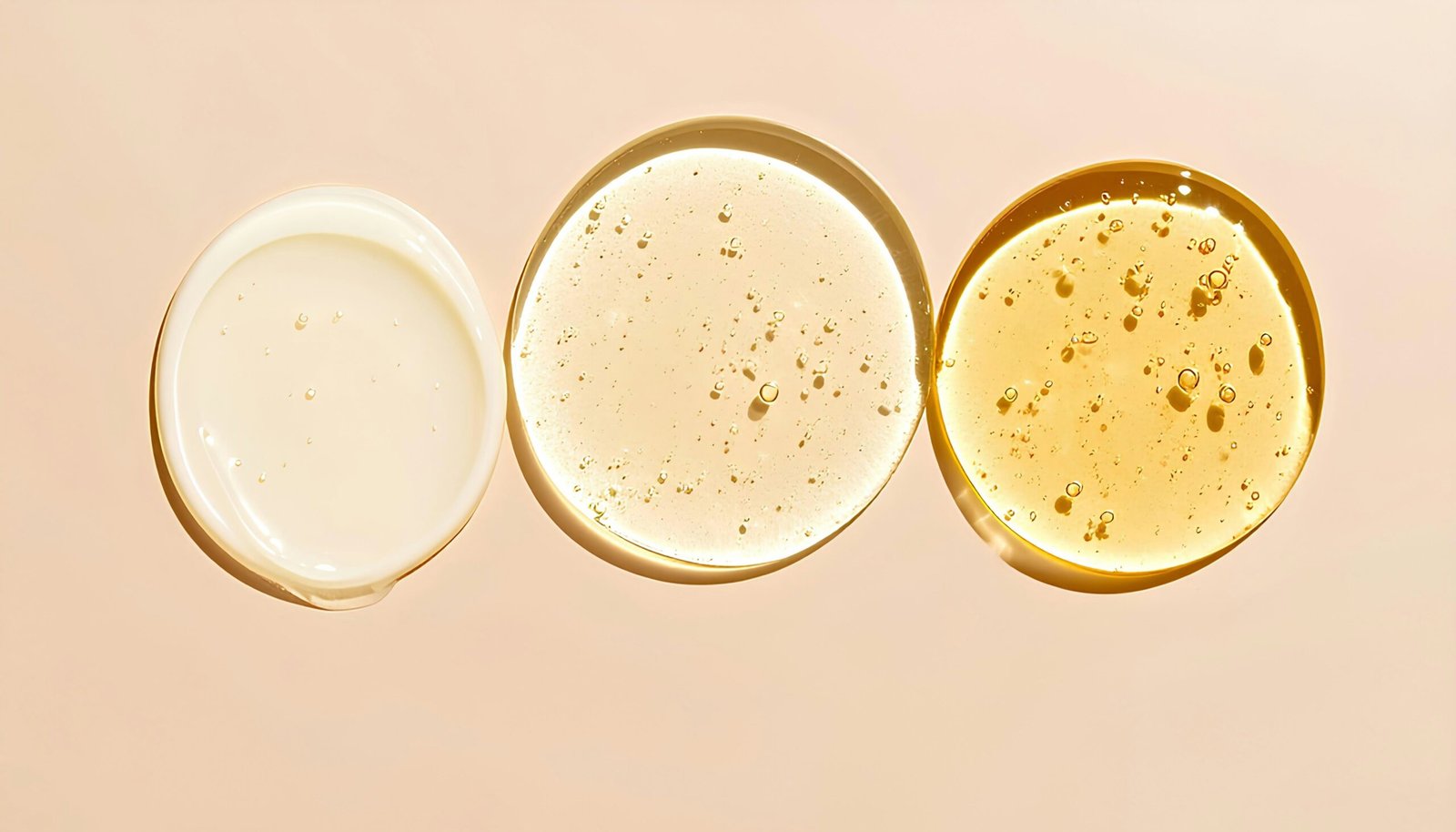If you struggle with sensitive skin, you know how tricky it can be to find a moisturizer that hydrates without causing irritation. That’s where ceramide moisturizers come in. These science-backed formulas strengthen your skin barrier, lock in moisture, and calm irritation—helping you achieve relief and a healthy glow.
In this guide, we’ll explore:
- The science behind ceramide moisturizers
- Key ingredients to look for
- Recommended products with comparison table
- How to use them effectively
- FAQs about ceramide moisturizers
Why Ceramides Matter for Sensitive Skin
Your skin barrier is like a shield—it keeps moisture in and irritants out. When this barrier is weak, sensitive skin feels dry, itchy, or inflamed. Ceramides, natural lipids found in your skin, are essential for keeping that barrier strong.
A ceramide moisturizer replenishes these lipids, improving resilience while providing long-lasting hydration. With regular use, your skin feels less reactive and more radiant.
Key Ingredients in Ceramide Moisturizers
- Ceramides – Strengthen the skin barrier and restore lost lipids.
- Hyaluronic Acid – Draws water deep into the skin for plump, lasting hydration.
- Glycerin – Attracts and holds moisture on the skin’s surface.
- Panthenol (Pro-Vitamin B5) – Soothes irritation and calms redness.
- Peptides – Support repair processes and encourage collagen production.
Example: The Astera Barrier 365 Cream uses encapsulated beads for targeted barrier repair, while the Ilon Cream delivers lightweight hydration lasting up to 100 hours.
Best Ceramide Moisturizers for Sensitive Skin
Here are some top-rated picks (Amazon links go in the placeholders):
- CeraVe Moisturizing Cream – Classic choice, deeply hydrating, great for face & body.
- La Roche-Posay Toleriane Double Repair Face Moisturizer – Lightweight, oil-free, dermatologist-tested.
- Eucerin Advanced Repair Cream – Rich, fragrance-free, excellent for very dry skin.
- Etude House SoonJung 2x Barrier Intensive Cream – Korean lightweight formula with panthenol.
- Dr. Jart+ Ceramidin Cream – Ultra-hydrating, rich texture, 5-ceramide complex.
Product Comparison Table
| Product | Best For | Key Benefits | Texture |
| CeraVe Moisturizing Cream | Dry to very dry sensitive skin | Ceramides + hyaluronic acid, fragrance-free, dermatologist-approved | Rich cream |
| La Roche-Posay Toleriane Double Repair | Sensitive & acne-prone skin | Lightweight, oil-free, prebiotic thermal water | Gel-cream |
| Eucerin Advanced Repair Cream | Extremely dry skin | Long-lasting barrier support, fragrance-free | Rich cream |
| Etude House SoonJung 2x Barrier Cream | Reactive, redness-prone skin | Soothing panthenol + madecassoside | Lightweight cream |
| Dr. Jart+ Ceramidin Cream | Sensitive skin in dry/cold climates | 5-ceramide complex, deep hydration | Thick cream |
Tip: If you want an everyday affordable option, go for CeraVe. For luxury hydration, Dr. Jart+ Ceramidin is worth the splurge.
How to Use Ceramide Moisturizers Effectively
- Cleanse gently and pat skin dry.
- Apply a small amount to the face, neck, and any sensitive areas.
- Let it absorb before sunscreen or makeup.
- Use morning and night for best results.
Stick to a thin layer—too much can clog pores, especially if acne-prone.
Final Thoughts
Ceramide moisturizers are a game-changer for sensitive skin. They repair your skin barrier, calm irritation, and restore hydration. With the right pick and consistent use, you can expect noticeable relief within 2–4 weeks.
Choosing the right ceramide moisturizer depends on your skin type and needs. With the comparison table above, you now have a clear roadmap to finding the perfect one for your sensitive skin.
FAQ: Ceramide Moisturizers for Sensitive Skin
Q: Which product is best for very sensitive skin?
A: La Roche-Posay Toleriane Double Repair is lightweight, oil-free, and designed for sensitive, reactive skin.
Q: Are ceramide moisturizers safe for acne-prone skin?
A: Yes—just choose oil-free, non-comedogenic formulas like CeraVe PM Facial Moisturizing Lotion.
Q: How long until I see results?
A: Hydration is immediate, but barrier repair typically shows after 2–4 weeks of consistent use.







